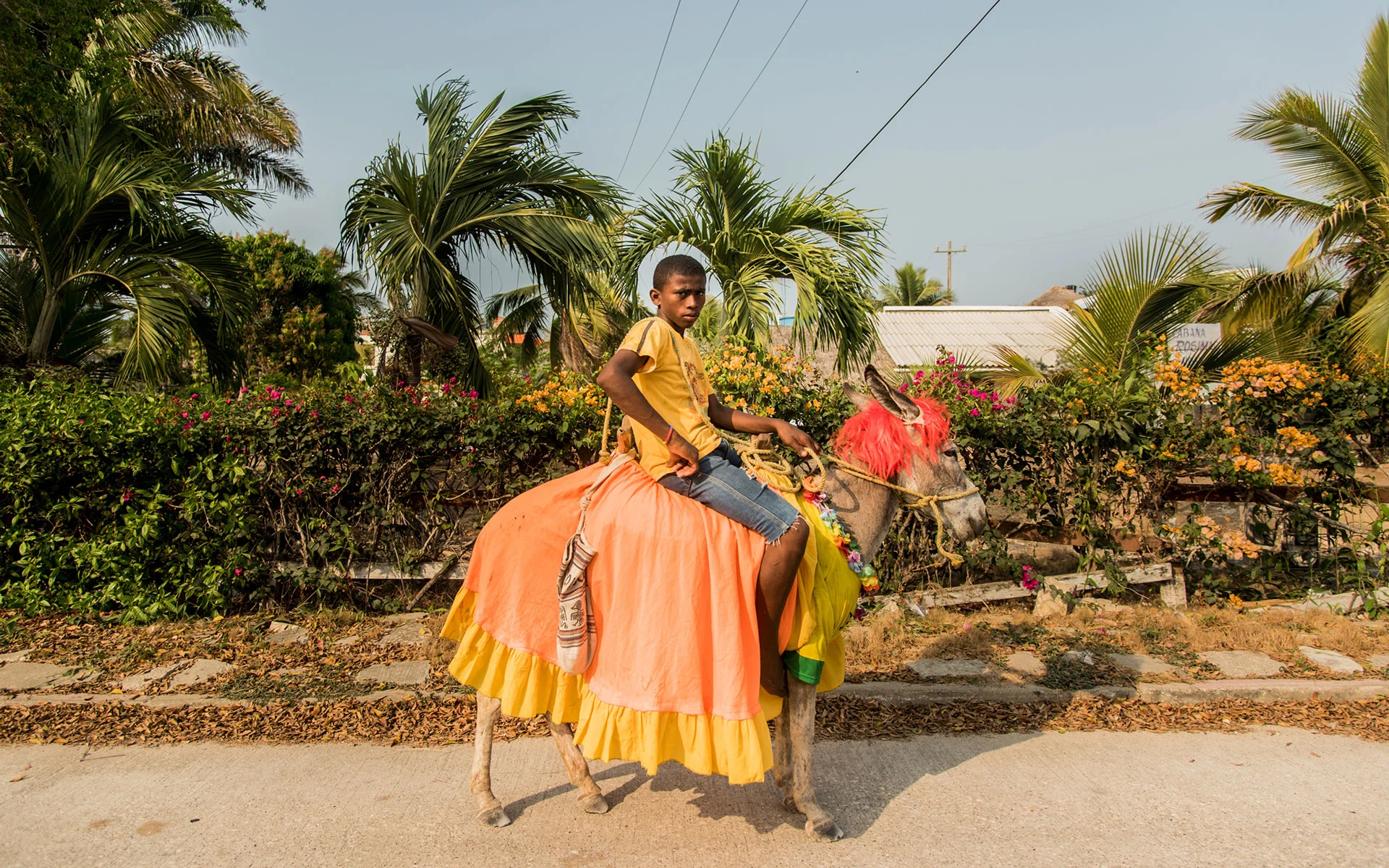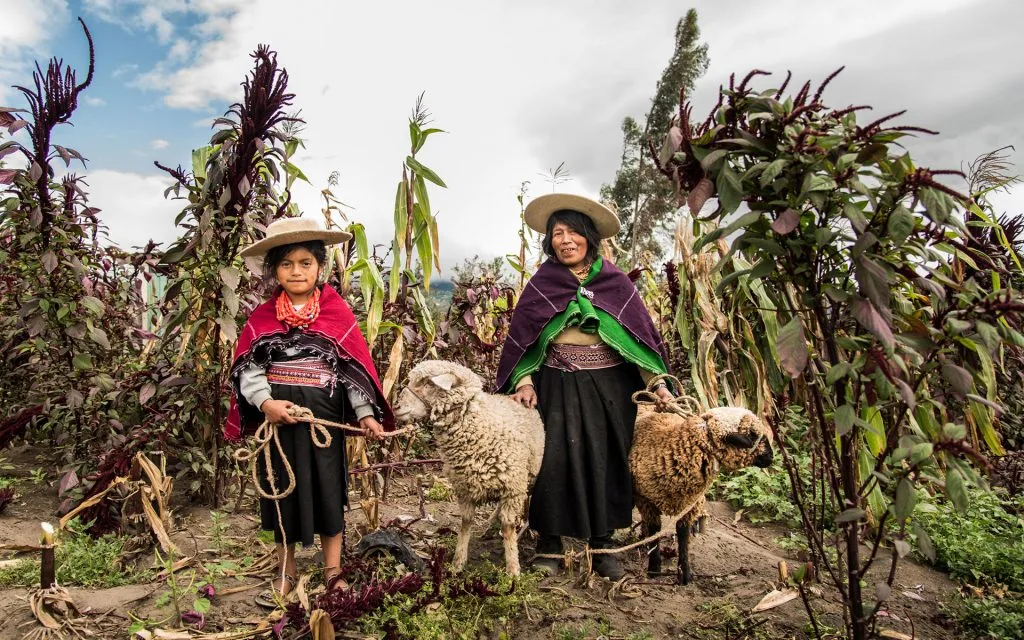

Chances are there’s some cringeworthy school photo or family portraits in your possession that you sometimes wish didn’t exist. But in actual fact this is a pretty first-world problem; we all take the acts of taking photographs and being photographed very much for granted. With this idea in mind, journalist and photographer Berta Tilmantaite travelled around in Colombia and Ecuador where she made portraits of people that didn’t have a single photograph of themselves (besides perhaps a small passport picture for official use).
The ongoing series First Photograph, created with her partner Lucas, is not only a multicolored celebration of cultural diversity, but it also raises questions about body image, poverty and our relationship with technology.
So, first of all, apart from being a photographer, you’re also a journalist. How would you say that your background in journalism interweaves with your work as photographer?
As a journalist, I’m always aware of my surroundings, constantly looking for interesting stories and people. I need to talk to those people we photograph, I want to know about them and their lives. As a journalist I’m also aware of stereotyping and romanticizing and understand the danger of this; ethics is very important to me. Even though the photos are mostly staged and posed, I approach my work as I would if I did pure documentary; I don’t manipulate the photographs, reality and facts come first.

And how did the idea for First Photograph take shape?
It started when me and Lucas were traveling in Asia. In some places people were so excited to be photographed that we started to wonder how happy they would be if we actually gave them printed pictures. So when we started another trip in South America, Lucas found a printer for sale in Bogota. We bought a few packs of paper and started this project.
Were people hesitant around the camera? How did you overcome this skepticism?
If people don’t want to be photographed – sometimes they see photography as something very negative – we respect their decision. Furthermore we’re as open and honest as possible; we spend time with them, make jokes and relax them. If people really want to have a portrait it’s much easier, but even then they might feel uncomfortable in front of the camera. In that case we try to make them feel at ease by talking, answering their questions, showing other pictures we took and ask them how and where they want to be photographed.

You mention that this project “opens a door to other dimensions of the story, where poverty, technology, body image etc. can be discussed”. Could you expand a little bit on this?
Speaking of poverty in the age of selfies, it’s hard to imagine that someone somewhere might not have any pictures of themselves. Some of the people we photographed had been photographed before but their photos remained in the phones or cameras of photographers. They could see themselves on the screen, but they were never able to have those pictures.
There is a quote from Susan Sontag that says, “To photograph people is to violate them, by seeing them as they never see themselves, by having knowledge of them that they can never have; it turns people into objects that can be symbolically possessed.”
So when we photograph people, print their photos and give them as a present, we do not merely symbolically possess them, we also return them to themselves. In this manner they can see themselves as they never saw themselves before and get knowledge of themselves that they never had.
And the reactions you did get were broadly very positive. Why do you think that is?
We have a clear image of beauty in the West. I often encounter people who avoid being photographed, saying they are not photogenic or beautiful enough to be in the picture. Most people we photographed for First Photograph are unaware of Western beauty standards. They have other things to worry about instead of stressing which side of their face looks better in the picture. Seeing themselves in a printed picture that they never had before is a new, positive and beautiful experience.




